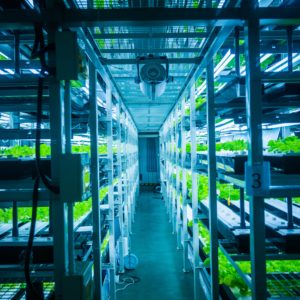Food Contaminant Identification
Home » Food Contaminant Identification
When an unknown material or a food contaminant is suspected in a food or beverage product, manufacturers need to know the identity and often the quantity of the contamination. Contaminant identification and hazard analysis projects involve the determination of unknown components at low concentrations (e.g. ppm levels).
Examples of Food Contaminant Testing Projects:
- Meat contamination from smoke after a fire in a meat processing plant
- Packaging components migrating into food
- Ingredient cross-contamination
- Food physical contamination from unknown materials
- Quantification of benzene in beverages

A strategic technical approach is required to identify the unknown contaminant by using a comparison study between a control and suspect sample. The technical approach is dependent on the sample matrix and the suspected level of contamination. Often, we start with a general screen of the control and suspect sample using GC/MS and LC/MS. Depending on the results, we may need to isolate the contaminant from a large amount of sample to allow analysis using FT-IR and NMR spectroscopy. Once identification is complete, we can further quantify the contaminant in the sample matrix.
Typical contamination testing and identification projects have involved off-odor, off-flavor investigations, off-color problems, or foreign particles in a product. Some sources of contaminants have been from the environment, improper storage of the product, or poor quality raw materials. We work closely with our clients to trace the source of contamination and develop a realistic corrective action program.
Toxicity Risk Assessment
EAG Laboratories has been involved with projects requiring toxicological studies to determine if a food or beverage contaminant may be harmful. EAG scientists begin by identifying the material or contaminant of interest, using a wide variety of analytical methods. Once the potentially hazardous material is identified, we work with a consultant to provide toxicological risk assessment services.
A toxicologist will typically first research the literature and background information on the substance, then determine the worst-case scenarios if the chemical is ingested. The consultant will also research exposure thresholds for the chemical, and will calculate the health risks involved, both short-term and long-term. The final result is a toxicological risk assessment.
EAG has established partnerships with Board Certified toxicologists to assist food and beverage manufacturers when faced with these types of challenges.
Would you like to learn more about Food Contaminant Identification?
Contact us today for your food contaminant identification needs. Please complete the form below to have an EAG expert contact you.